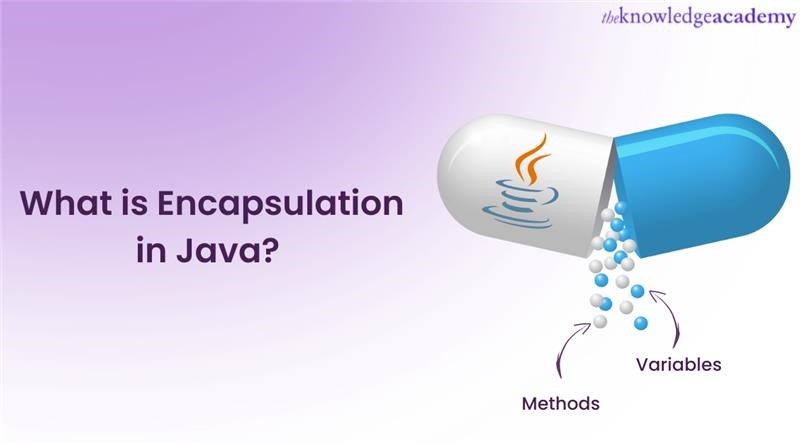Encapsulation is a fundamental concept in object-oriented programming (OOP) that is widely used in Java. It refers to the bundling of data (variables) and methods (functions) that operate on the data into a single unit known as an object. Encapsulation is designed to protect the data from unauthorized access and modification, promoting modularity, maintainability, and flexibility in code. This article delves into the intricacies of encapsulation in Java, its benefits, and practical implementation.
Understanding Encapsulation
In Java, encapsulation is achieved through the use of classes. A class defines the structure of objects by encapsulating data fields (attributes) and methods (behavior). The key components of encapsulation include:
- Private Variables: Data fields are declared as private, restricting direct access from outside the class.
- Public Methods: Getter and setter methods are provided to read and modify the private fields, respectively.
This approach ensures that the internal state of an object is hidden from the outside world and can only be accessed or modified through controlled channels.
Benefits of Encapsulation
Encapsulation offers several advantages that contribute to the robustness and maintainability of Java applications:
- Data Hiding: By restricting direct access to data fields, encapsulation helps protect the integrity of an object’s state. This prevents unintended interference and misuse, ensuring that the object’s internal data remains consistent and valid.
- Modularity: Encapsulation promotes modularity by allowing classes to be developed and tested independently. Each class encapsulates its own data and behavior, making it easier to understand, debug, and maintain.
- Improved Code Maintainability: Encapsulated code is easier to maintain and modify. Changes to the internal implementation of a class do not affect other parts of the program as long as the public interface remains consistent.
- Flexibility and Reusability: Encapsulation allows developers to change the internal implementation of a class without affecting external code that relies on it. This flexibility enhances code reusability and adaptability to changing requirements.
- Controlled Access: By using getter and setter methods, developers can control how data fields are accessed and modified. This allows for validation and enforcement of constraints, enhancing the reliability of the code.
Implementing Encapsulation in Java
To implement encapsulation in Java, follow these steps:
- Declare Data Fields as Private: Data fields should be declared as private to prevent direct access from outside the class.
- Provide Public Getter and Setter Methods: Public getter and setter methods should be defined to allow controlled access to the private fields.
Here is a simple example to illustrate encapsulation in Java:
In this example, the Person class encapsulates the data fields name and age. These fields are private and can only be accessed or modified through the public getter and setter methods. The setAge method includes validation logic to ensure that the age is positive, demonstrating how encapsulation allows for controlled and safe access to the data.
Conclusion
Encapsulation is a core principle of object-oriented programming and plays a crucial role in the development of robust, maintainable, and flexible Java applications. By encapsulating data and methods within classes and controlling access through public interfaces, developers can protect the integrity of objects, promote modularity, and enhance code maintainability. Understanding and effectively implementing encapsulation is essential for any Java programmer aiming to write clean, efficient, and reliable code.
